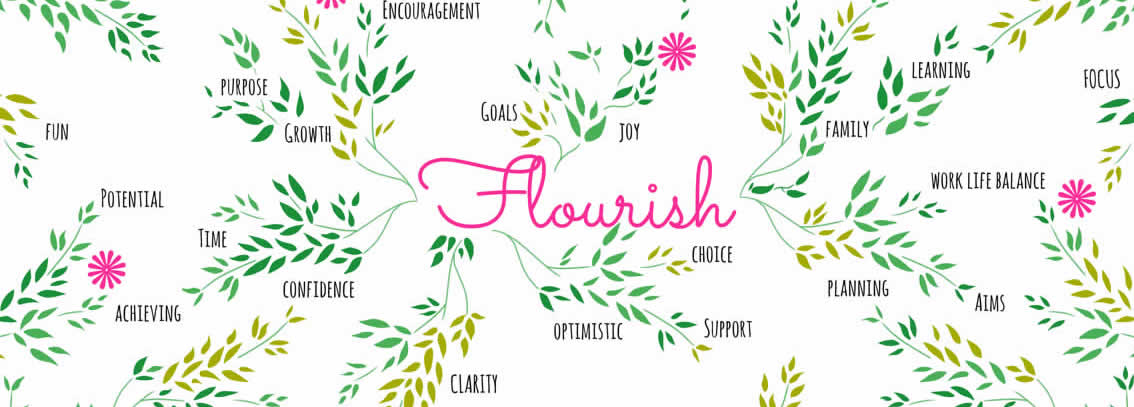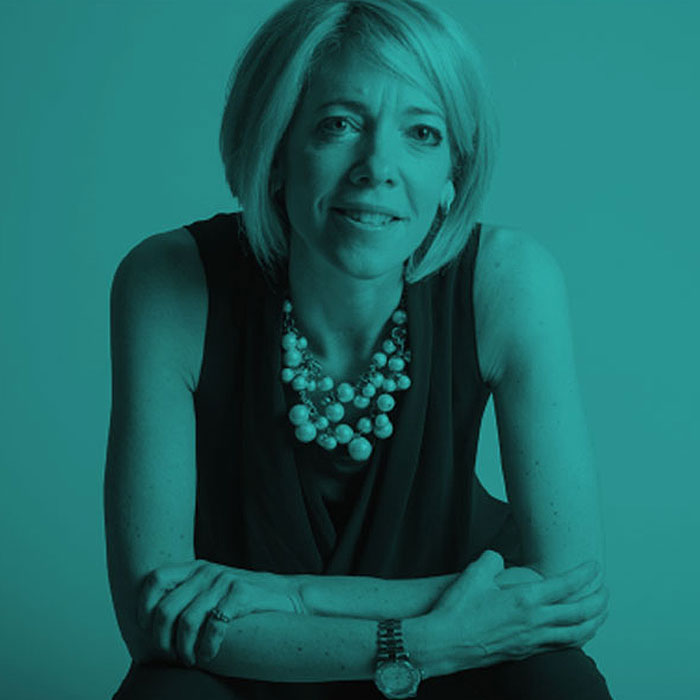
Thrive in Five: five actions for the post global lockdown working world
1. Treat it as a new Phase 1, not Phase 3.
“Phase 1 was the initial shock and reaction; Phase 2 was creating and embedding new ways of working. Phase 3 is moving back to the office”. But it isn’t….we are not returning to our offices in droves. Instead, we are entering the new Phase 1, the post global lockdown working world. We know this is a very mixed, extraordinarily complex picture, including Brexit. Some organisations are pushing for maximum Work From Office (WFO) at pace, while others have extended Work From Home (WFH). If we are client facing, this mix is a further complication. A great strength of human nature was demonstrated when we normalised WFH at break-neck speed. A weakness of human nature is our desire to stay in comfort zones beyond the point at which they serve us. Let’s take communications. There can be a natural tendency to “adapt” approaches or even just stick with them. Yet think about the thought we put into early-lockdown comms, the mix of team/1:1/the ubiquitous quizzes and socials. If you were one of the leaders that put in place a great comms strategy, it is of course no coincidence that the following months were “ok”; it was as a result.
What served then isn’t necessarily what will be needed now.
The gentle encouragement here is to turn the page; look afresh; go again
2. Think “primary” and “secondary” not WFH/WFO.
Label meetings as either virtual or in-person. If it is a virtual meeting, people WFO will still log into the meeting – ideally from their desks if tech allows – rather than gathering in a meeting room. This puts everyone on an equal footing, regardless of where they are working from.
For organisations returning to the office, the trend seems to be towards a weekly in person meeting. In this meeting, the in person set up – the asides, the chatter around the agenda, not on the agenda – takes primacy. There will be people dialling in of course, but one of the objectives of the in person meetings is the engagement around the table. This has the potential to create meetings with more purpose.
One of the adaptations of Covid is that where we are doing work from has become less relevant. This has been predicted for years but it took the pandemic to properly shift this thinking. Given the hybrid WFH/WFO mix going forward we can change the way we have meetings together and not use early 2000s thinking for third decade challenges.
3. Give it a name. Part of the reason that we favour Phase 3 rather than “new Phase 1” thinking is we may be feeling tired. We may be worried that our teams are tired. How can indicate that more change is coming, more market/economic turmoil, when they have done so well to get to this point?
Well, the thing is, there is more market and economic turmoil coming. And, this isn’t necessarily a negative thing – many of us have stories of offerings and products that are doing well in this new environment.
If we try and pretend there isn’t more change coming down the line, we will in fact generate more fatigue and resistance. Adults know that things won’t always be “ok” even though we want them to be – facing into this, scenario planning, continuing to be open to diverse, creative solutions, will serve the team better than a sense of “we are heading back to normal”.
To address the energy/fatigue point, set up your campaign. Give it a name, create new patterns, tackle the issues that are pertinent – the weather/daylight, planning and review cycle implications, end of year implications for some, etc.
Build energy around this new phase and the opportunities and challenges it presents to address the potential fatigue. Appreciating that this is going to be a long haul, it will help create resilience by segmenting it into six month chunks, while keeping bigger, longer-term aims in mind.
4. Celebrate the positives.
There have been some great experiences in organisations and teams in the face of all of this – around how people have pulled together, been ambitious in work and understanding on furlough. We have trusted the process, kept close to those people who know and like us, we have hung in there and in a number of cases, more than hung in there.
Create some space for reflection and celebration. Talk with the team about it – casting our minds back to early lockdown, what are all those things that are in fact positive about this enormous change? What have been the best things about lockdown ways of working, what do we want to hold on to over time. How will we do this?
5. Keep mental fitness at the top of the agenda.
Culturally, we continue to give physical fitness the ascendant position, seeing mental health as a remedial thing, something to be fixed or solved, not invested in. I would love to see the phrase “mental fitness” replace “mental health” and created this mental fitness check as part of my campaign.
Like physical fitness, it is about finding “our thing”. Just as running isn’t for everyone, the Calm app isn’t for everyone. Don’t give up looking for your thing if you haven’t found it yet. I celebrated a milestone birthday recently and have finally found my yoga (yin, for anyone interested, though may be because the teacher is amazing) and meditation (mindful self-compassion, on which, more to follow) but truly never thought I would enjoy either and, more truthfully, have been a bit eye-rolly about them both for the past 20 years. I knew the research and evidence was powerful on both but I had never found something that fitted me and flitted around them, never really settling.
The encouragement here is to cultivate mental fitness in ourselves, our teams, our families. To nurture and embrace the things that give us peace, resolve, support, space, and calm – and then intentionally bring them into our daily lives. How is your mental fitness regime, and that of your team/organisation?
If you would like to receive these generally bi-monthly Thrive in Five newsletters, sign up here.
